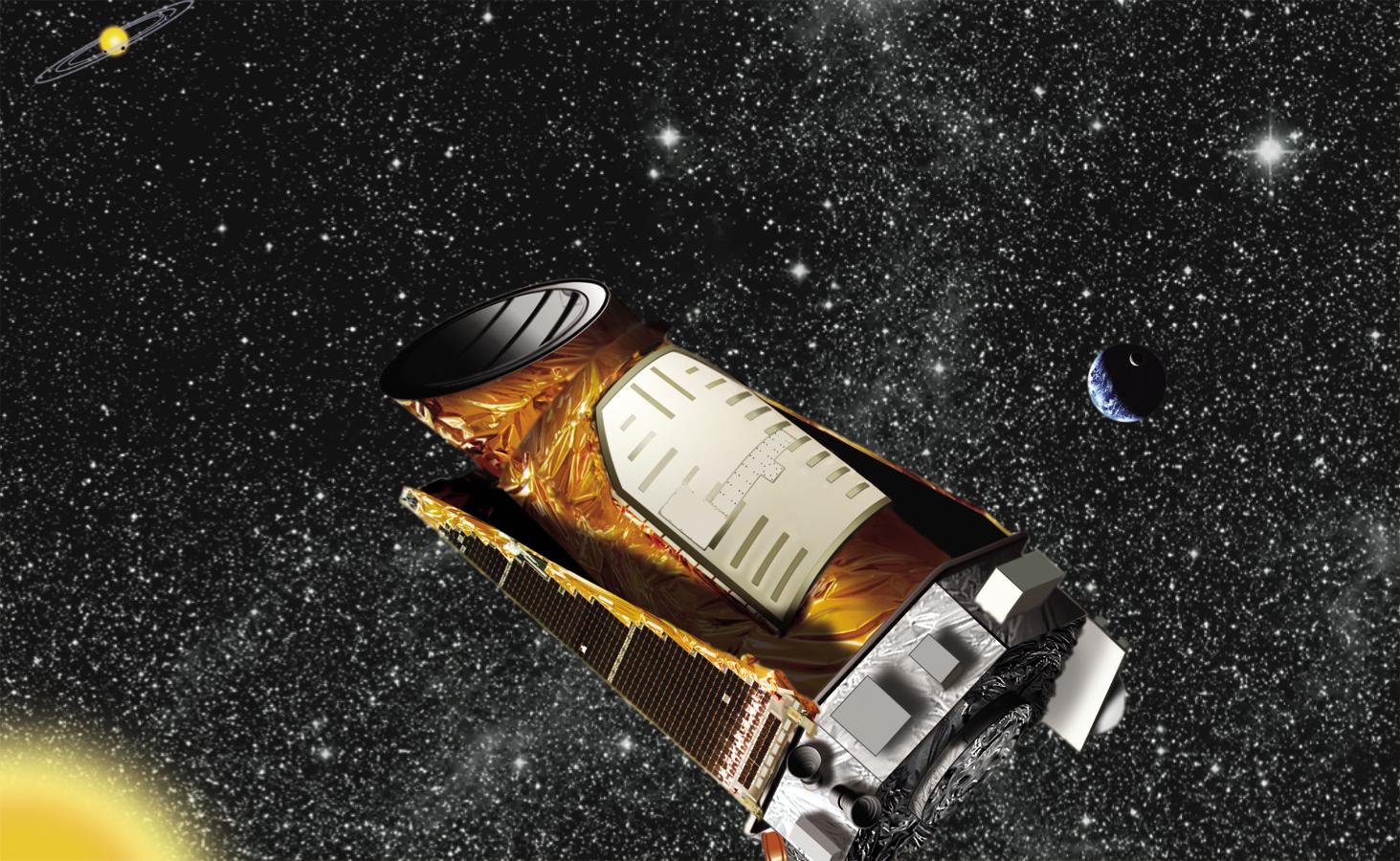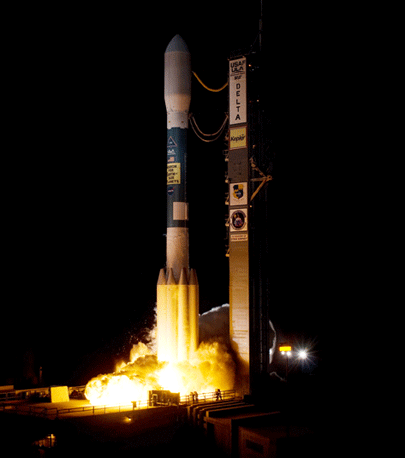
After several months’ worth of review and testing, the team operating the Kepler Space Telescope has opted to close its efforts to make Kepler fully operational again. This follows the loss of one of the crucial components that controls the alien planet-hunting spacecraft. In an Aug. 15 teleconference, Charles Sobeck, deputy project manager for Kepler, stated that there will be two studies conducted to determine what Kepler’s future will be.
The first of these studies will decide whether Kepler can be operated using the two remaining gyroscopic reaction wheels which are used to direct the spacecraft. Kepler lost the use of one of these wheels in July 2012; the second of these wheels ceased functioning this past May. Efforts by engineers to restore one of the non-functioning wheels have been unsuccessful.

The second study will focus on whether or not Kepler can produce science with only two reaction wheels. One of the key determining factors in this study is if the science Kepler could conduct would be enough to justify maintaining the spacecraft under the current budgetary climate.
Dependent on what these two studies determine, Kepler might be used to conduct other types of research. NASA must determine if the benefits of continued support for Kepler might impact other NASA astrophysics operations that are competing for funding. An assessment of Kepler’s status will be undertaken by a NASA Senior Review Board next year.
Just last week, on Aug. 8, engineers conducted a test to see what the spacecraft was capable of. During these tests, engineers found the wheel that failed last year was no longer able to provide the precise direction required of it for Kepler to be able to conduct normal research.
Kepler has been placed in what is known as a “rest state.” This configuration utilizes thrusters to control where it is pointing, with little use of propellant.
For his part, William Borucki, Kepler’s science principal investigator at NASA’s Ames Research Center, is satisfied with Kepler’s accomplishments:
“When we began this project, it was like looking out at a desert, just no info whatsoever. Now? It’s like standing at the bottom of the ocean and staring up at an enormous amount of data.”
Fortunately, Kepler’s prime mission concluded in November 2012. The telescope was in the first year of a planned four-year extended mission when the second wheel stopped working. Kepler needs three of these wheels to function properly.
Kepler has discovered a wide range of exoplanets, some of them within the habitable zone of the stars they orbit. This region is the distance around a star where liquid water can exist on the surface of the planet and thus could potentially support life.
“Kepler has made extraordinary discoveries in finding exoplanets, including several super-Earths in the habitable zone,” said John Grunsfeld, associate administrator for NASA’s Science Mission Directorate. “Knowing that Kepler has successfully collected all the data from its prime mission, I am confident that more amazing discoveries are on the horizon.”
Kepler has discovered 135 confirmed extra-solar planets and has racked up an additional 3,500 other possible planet candidates since the start of its mission. Given the sheer volume of data collected by the telescope, it will take some time for the information to be sifted through. When complete, NASA has stated that hundreds, if not thousands, of exoplanets might have been found by Kepler. It is hoped that Earth-like worlds will be among these candidates.
Want to keep up-to-date with all things space? Be sure to “Like” AmericaSpace on Facebook and follow us on Twitter:@AmericaSpace



